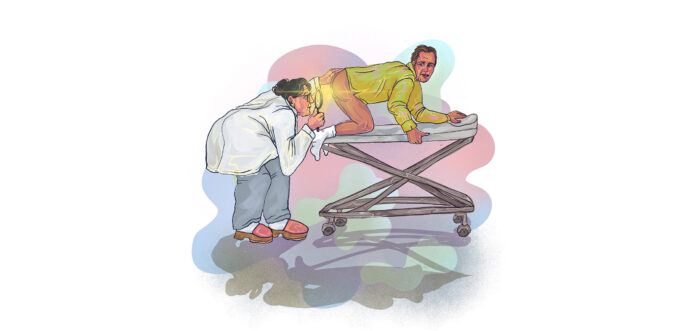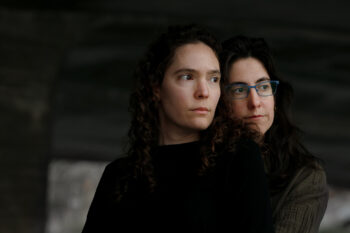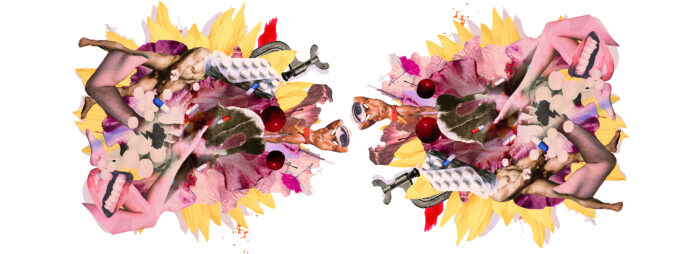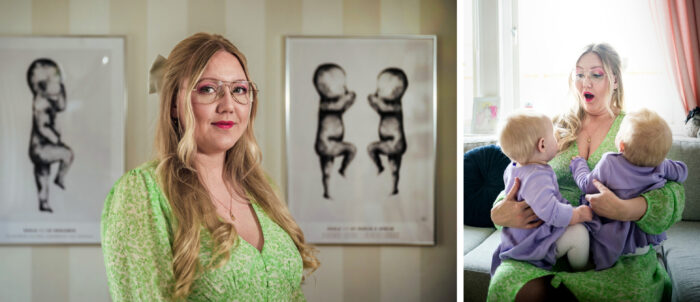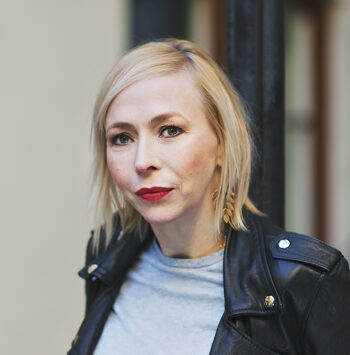Test: Bleed for life!
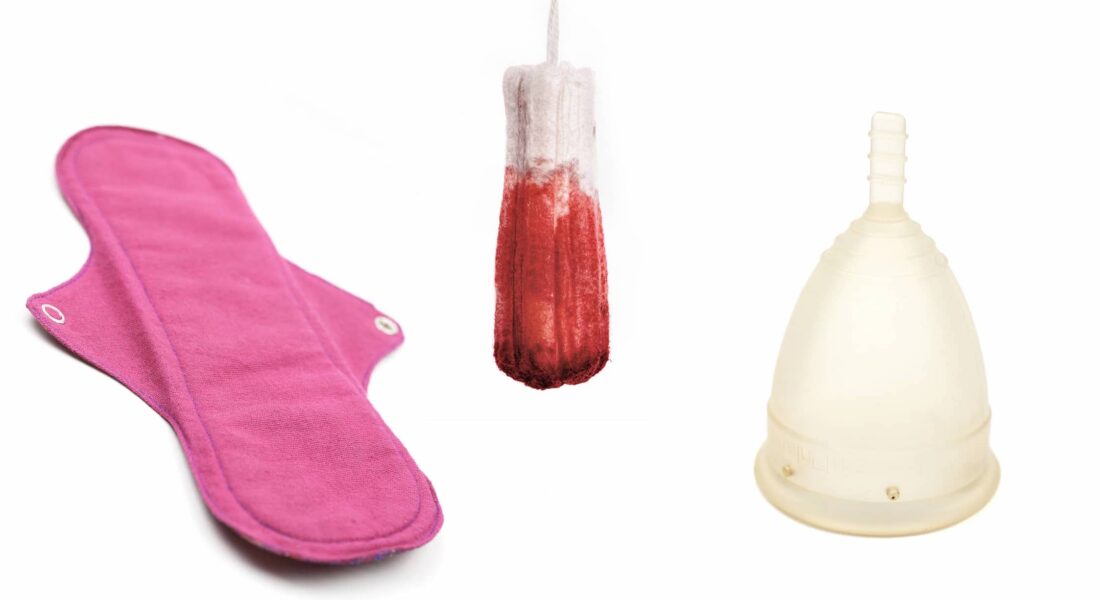
Test of Eco-friendly period products. Menstrual cups, cloth pads or free bleeding? Ottar shows the way to more climate smart menstruation.
- BEST = Minimal climate impact
- OK = Some climate impact
- WORST = Significant climate impact
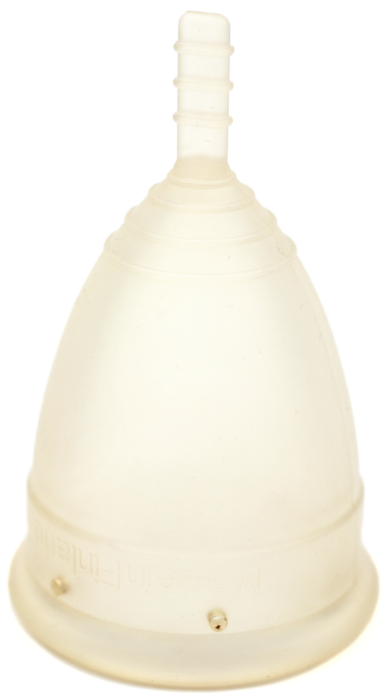
MENSTRUAL CUP
- BEST = Minimal climate impact
• Life span of 3-10 years
Recycling is amazing, and a well-maintained menstrual cup can last for up to ten years. With locally manufactured alternatives, transport is reduced. Another way to contribute to a more sustainable development is to buy a menstrual cup from a company like Ruby Cup, who then donate a cup to a menstruating person in East Africa, who doesn’t have access to menstrual products. Most menstrual cups are made of silicon, but some are made of TPE (a type of plastic). According to the Swedish Society for Nature Conservation (Naturskyddsföreningen), it’s difficult to say which of the two is the most environmentally friendly.
»MOST CLIMATE SMART!«
Other brands: DivaCup, Lunette, Lily Cup, Lalicup, Venus, Pixie cup.
FREE BLEEDING
- BEST = Minimal climate impact
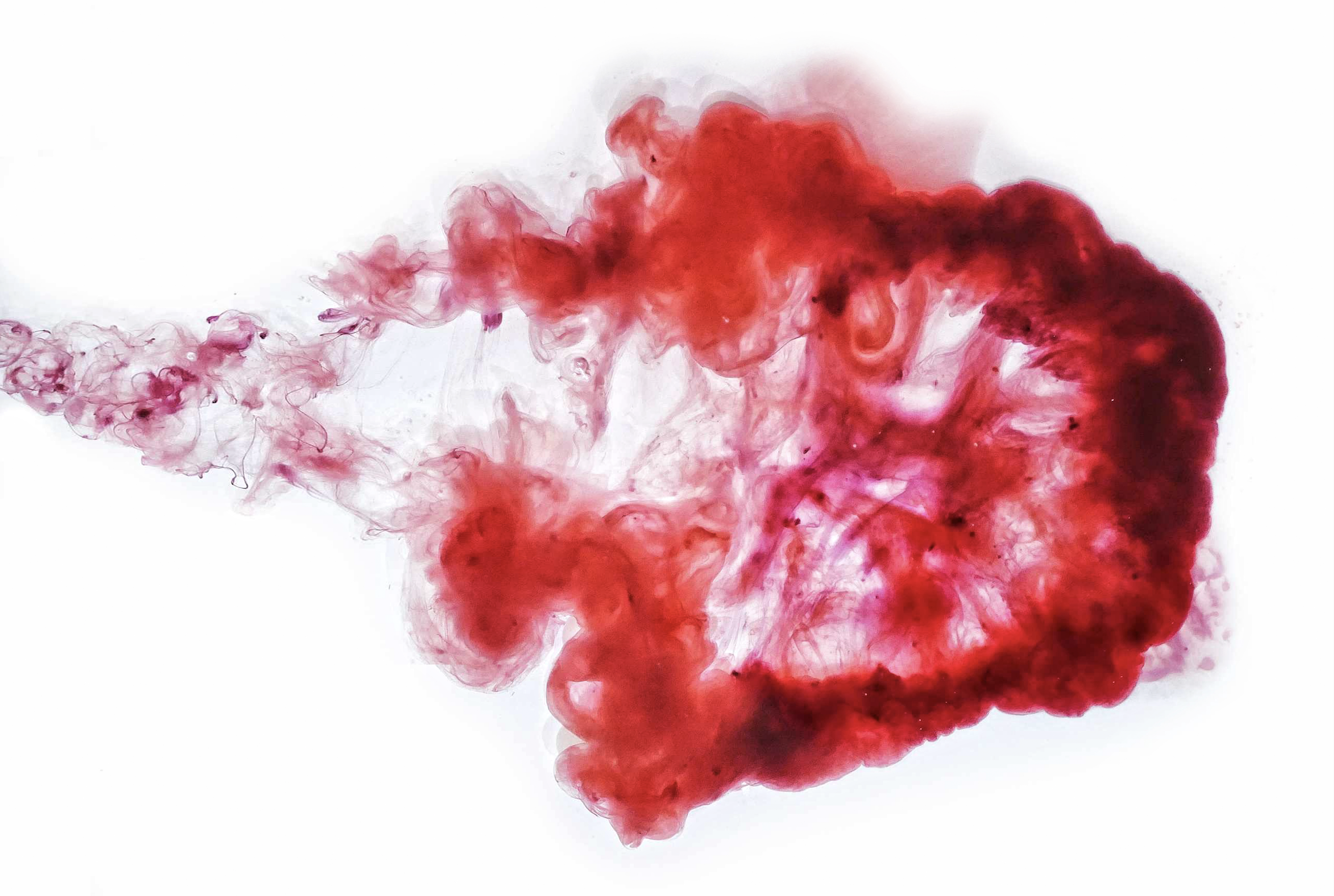
This doesn’t require any particular products. Some sleep and sit on towels, while others don’t use any protection at all.
Many of those who have tried free bleeding claim that it’s less messy and awkward than you might think. In the US and the UK, for instance, there’s a political free-bleeding movement that protests the cost of period products and the view of the menstruating body as problematic and in need of being controlled. This should be a reasonably sustainable method – even if extra washing of clothes, sheets and towels has a degree of impact on the climate.
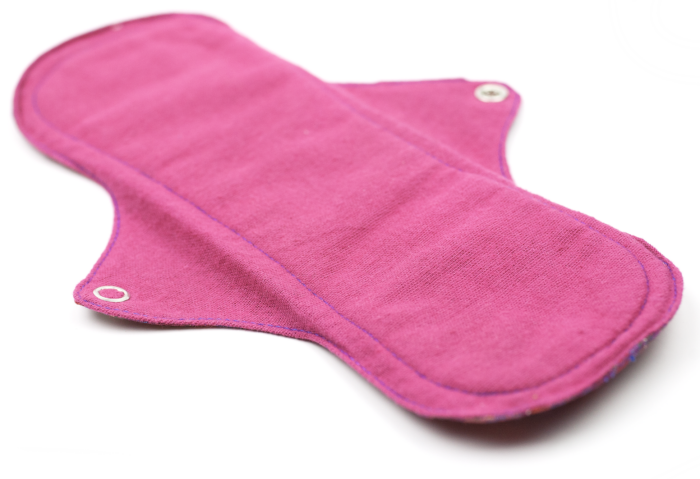
CLOTH PADS
- BEST = Minimal climate impact
• Life span of 3-10 years
An entire lifetime’s periods requires around 14,000 disposable period pads. With cloth pads, you need around 4-20 pads per period, depending on how much you bleed and how often you do laundry. The pads last for many years, so the waste is significantly reduced – and reduced consumption leads to reduced production, which in turn leads to reduced climate impact. The most climate smart cloth pads are made of organic cotton, such as the Indian Eco Femme brand (which also has a donation system). With organic cotton, the impact on the greenhouse effect is reduced by an estimated 46 per cent. First of all, look for the GOTS certification, an eco label. Another common label is Oeko-tex. The latter only regulates the use of chemicals, but it still entails certain environmental benefits.
Other brands: GladRags, Heart Felt, Hannahpad, Aisle!
PERIOD UNDERWEAR
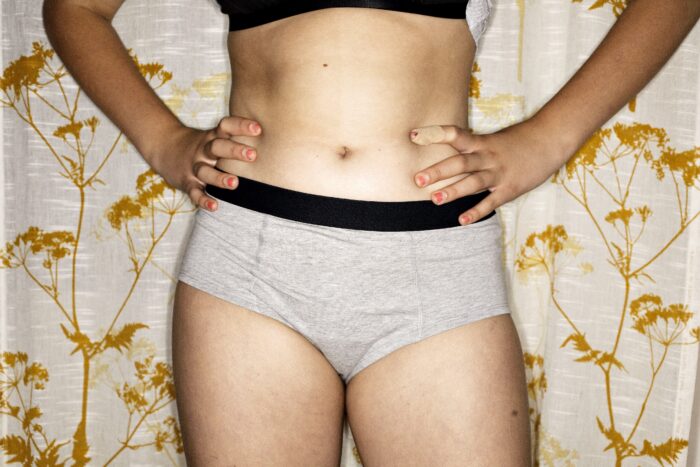
- BEST = Minimal climate impact
• Life span of 3-10 years
Briefs and underpants with built-in period protection haven’t made it everywhere yet, but there are numerous brands on the international market. Canadian Aisle! works with well-documented social and environmental responsibility. American Thinx has, among other things, set a goal of zero waste in production by 2025.
Other brands: Knix, Revol, Modibodi.
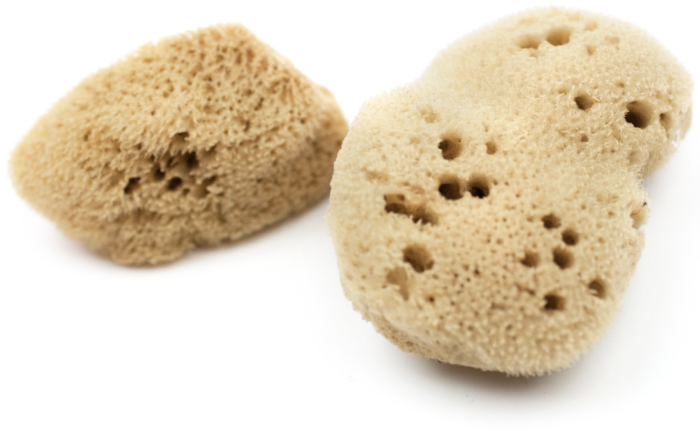
SEA SPONGE
- WORST = Significant climate impact
• Life span of 3-6 months
A sea sponge is like a type of reusable tampon that is often marketed as organic. However, there are huge question marks around its status as organic, as the sea sponge is an animal that’s endagered in some parts of the world, partly as a result of climate change. There are also some question marks with regards to potential health risks.
Examples of brands: Econordica, Poseidon Sponge, Jade & Pearl.
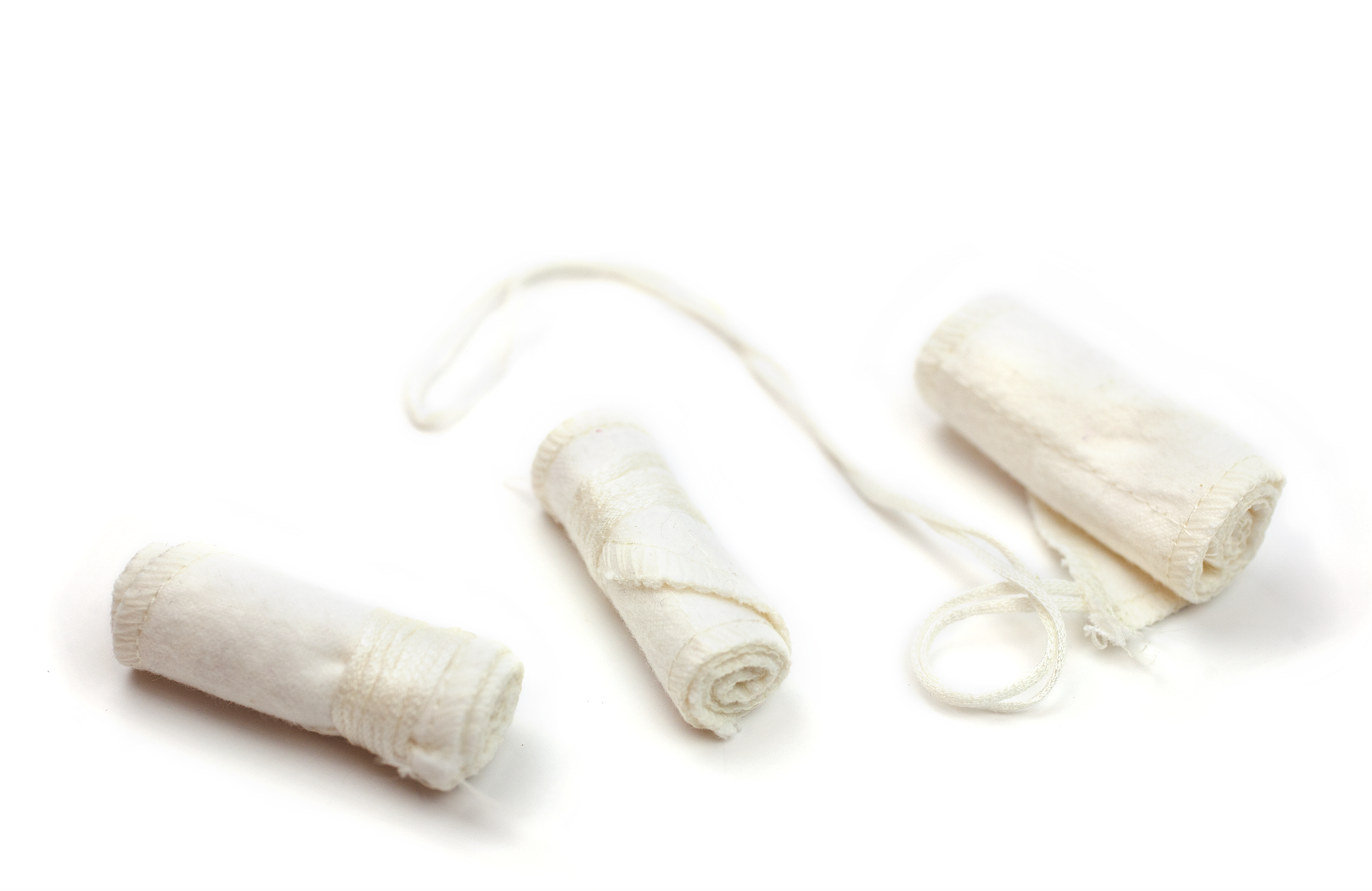
ORGANIC DISPOSABLE PRODUCTS
- OK = Some climate impact
• Life span of max one night
Not quite ready for washing bloody pads? Then it’s at least a bit better to choose organic disposable products – even if they still generate a lot of waste. There are quite a few eco-labelled brands – of both pads and tampons (look for products with approved eco-labels where you live). Among other things, the labelling entails demands that the cellulose is partly derived from certified forestry and the cotton is organic.
Examples of brans: Natracare, o.b Organic, Organyc, Oi.
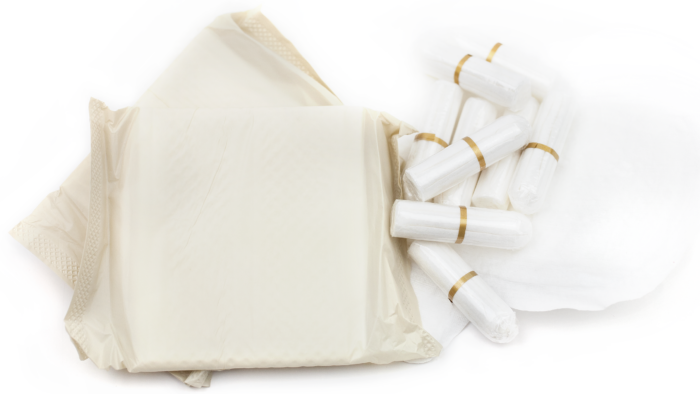
»LOUSY COCKTAIL«
DISPOSABLE PADS AND TAMPONS
- WORST = Significant climate impact
• Life span of one night at most
Disposable pads and tampons boast a wide range of ingredients, including plastics such as polyethylene and polyester. They also contain cellulose and sometimes cotton. In some cases, they contain perfume, and they’re often wrapped in plastic. This, naturally, is a dreadful cocktail from a sustainability perspective. Plastic is made from oil, which means that carbon dioxide is formed during combustion. A significant amount of plastic waste then ends up in nature, where it eventually decomposes into microplastic and poses a threat to the eco systems.
Examples of brands: Always/Whisper, Kotex, StayFree, Sofy.
Sources Swedish Society for Nature Conservation, Ethical Consumer Magazine, The Lancet, Svanen, Swedish Cellulose Company, Textile Exchange. Information on life span as well as ingredients comes from the producers themselves.
